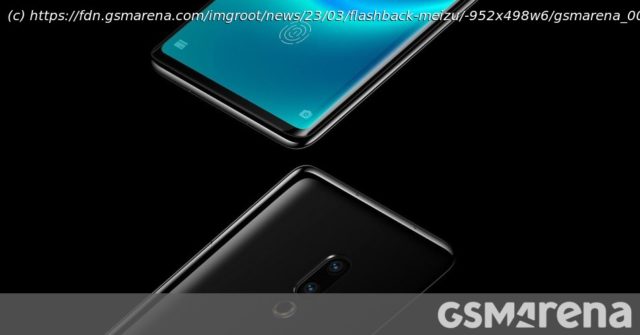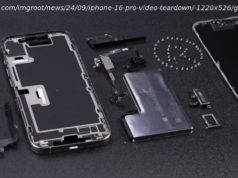The company started its phone-making career by imitating a certain Californian company, but over the years it produced some truly unique designs.
Meizu has had an interesting history and after several turbulent years it pulled out of the smartphone market. Now that it is under the wing of car-maker Geely, the company is poised to make its return with the launch of the Meizu 20 series on March 30. As that’s still a couple of weeks out, let’s have a look back at Meizu’s most interesting phones while we wait.
The company was founded in 2003 and initially made MP3 players. Its first phone was unveiled in January 2007. It was dubbed the Meizu M8 and it ran “Mymobile” software based on Windows CE 6.0. However, getting the phone to market proved to be a huge issue. Meizu brought the M8 to CeBIT in March 2008, over a year after first announcing it, and it was still in a prototype stage with barely working software. But that was only the beginning of the M8’s woes.
According to Apple’s lawyers, it bore more than a passing resemblance to the iPhone. After an emergency redesign the phone also changed its name to the “miniOne”. The litigation battle continued and M8 production was eventually halted in 2010 and all sales were banned.
The Meizu M9 launched in early 2011 and it was the company’s first Android phone. This model was powered by the Samsung Hummingbird chipset, a year after the original Galaxy S used it. This was only the beginning of Meizu’s relationship with Samsung.
This was followed by the Meizu MX, which was also the first official outing of the heavily customized Android skin known as “Flyme OS”. The MX also used an Exynos chip and featured a sharp 4.0” qHD display. Meizu was still openly borrowing from Apple’s designs as we noted in our review.
Skipping over to the Meizu MX3, its claim to fame was that it was the first smartphone with 128GB of built in storage. That was a lot for 2013. And if you’ll allow us a small detour, flagships 10 years later should have more than 128GB base storage – there, we said it. By the way, this phone used the Exynos 5410 Octa (aka the Galaxy S4 chipset). Meizu was arguably the biggest Exynos client outside of Samsung itself.
The company opened up to new suppliers and the Meizu MX4 from late 2014 was its first to use a MediaTek chipset. It had an eye-catching 5.36” bezel-less display (on the sides, at least), offered great battery life and audio quality, the 20.7MP camera was solid too.
At this point Meizu’s key issue was that its phones were relatively unknown outside of China at a time when the likes of Xiaomi and OnePlus were expanding rapidly.
2014’s Meizu M1 Note is also worthy of attention, this was the first of the affordable Note series. Despite its relatively weak MediaTek MT6762 chipset that only had Cortex-A53 cores, the 5.






